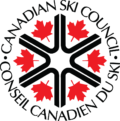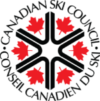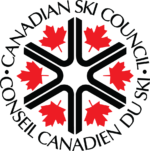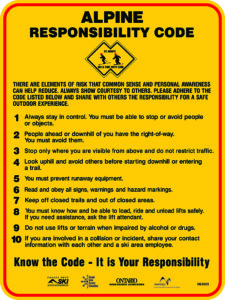Safety
Safety on the Slopes
Before you hit the slopes for the first time please take a quick moment to make sure you are familiar with the safety guidelines that have been implemented for the safety of all skiers and snowboarders. The best protection against accidents is knowing and respecting your limits and the Alpine Responsibility Code.
Why Wear a Helmet?
Wearing a protective helmet when practising snow sports is a wise choice since it reduces the risk and seriousness of certain head injuries. But beware, you still have to be careful… A helmet is not armour and should not encourage you to take more risks. The best protection against accidents is knowing and respecting your limits and the Mountain Code of Conduct and Alpine Responsibility Code. The golden rule is control!
Choosing a Helmet
Choosing the right helmet is not difficult to do. Here are a few tips to help you make the right selection
Safety Tips for Parents
Parents, click here for some helpful tips when your family goes skiing and/or snowboarding this season.
Our Ski Helmet Policy
The Canadian Ski Council recommends wearing helmets for skiing and riding. Skiers and snowboarders are encouraged to educate themselves on the benefits and limitations of helmet usage. The primary safety consideration, and obligation under the Alpine Responsibility Code, is to ski and ride in a controlled and responsible manner.”
The Canadian ski industry has invested in all aspects of the sport to make it as safe as possible in an attempt to minimize injuries. However, the sport takes place in a challenging and exciting outdoor environment, which is a large part of why people ski. Helmets can help reduce the risk and severity of injuries in many situations, but cannot prevent injuries when skiers and boarders ski excessively fast or out of control. Skiers and boarders who ignore the Alpine Responsibility Code put themselves, and others, at greater risk.
Ski helmet usage is increasing through education programs and awareness of the benefits of wearing a helmet. The Canadian Ski Council and its member regional ski area operator associations (Canada West Ski Areas Association, Ontario Snow Resorts Association, Quebec Ski Areas Association and Atlantic Ski Area Association) will continue to promote helmet usage and provide educational materials that identify the benefits and limitations of helmets. Helmets are available for rent or sale at all ski areas across Canada. A national website with information on helmets is available at www.myhelmet.ca (and in French at www.moncasque.ca).
The Canadian Ski Council will continue to work with partners in government and other organizations to make skiing and boarding as safe as possible. Educating skiers and boarders about participating safely is the proper solution to minimizing injuries.
The purpose of this memo is to provide additional information to the Canadian ski and snowboard industry about helmets, and their contribution to making the sport safer.
1) Canadian Ski Areas and Ski Associations have achieved significant success in promoting helmet usage amongst Skiers & Boarders.
- Ski helmet usage in Canada increased from 32% in 2002-2003 to 87% in 2014-2015.
- Helmet usage amongst young Canadian skiers & boarders is now approaching 100%.
- 99.5% of children under 14 wear helmets.
Source: Canadian Ski Council
2) Ski helmet usage should be a matter of personal choice.
- We believe that skiers & boarders are capable of making responsible choices with respect to their safety on the ski slopes.
3) A ski helmet is only one component of a safe approach to skiing & boarding.
- The Alpine Responsibility Code promotes ten safety practices that collectively help maximize the potential for safe skiing & boarding.
- We believe that promoting a comprehensive set of safe skiing & boarding practices is a more effective approach to maximizing safety than legislation of a single safety measure (e.g. ski helmets).
4) Ski helmets are only designed to provide protection against lower speed collisions.
Ski Helmets are certified to provide protection at speeds up to 23 km/h (Snell RS-98 & ASTM). However, skiers & boarders often ski & ride at speeds greater than this.
Artwork courtesy of Ontario Snow Resorts Association
All skiers and snowboarders should consider the following safety guidelines at all times:
- Obey the responsibility codes as well as any terrain park codes
- Be aware of area specific rules of conduct
- Know how to properly use all lifts and take note of any warning signs
- Protect yourself by wearing appropriate gear, including helmet
- Take lessons to learn to ski and ride correctly
- Know your limits, and ski and ride appropriately based on trail markings for level of difficulty
- Ski and ride with someone else at all times
- Avoid stopping on a trail, especially not in an area where you cannot be seen from above
- Maintain a safe distance from others to avoid collisions.
Content Courtesy of Canadian Ski Patrol (CSP)







